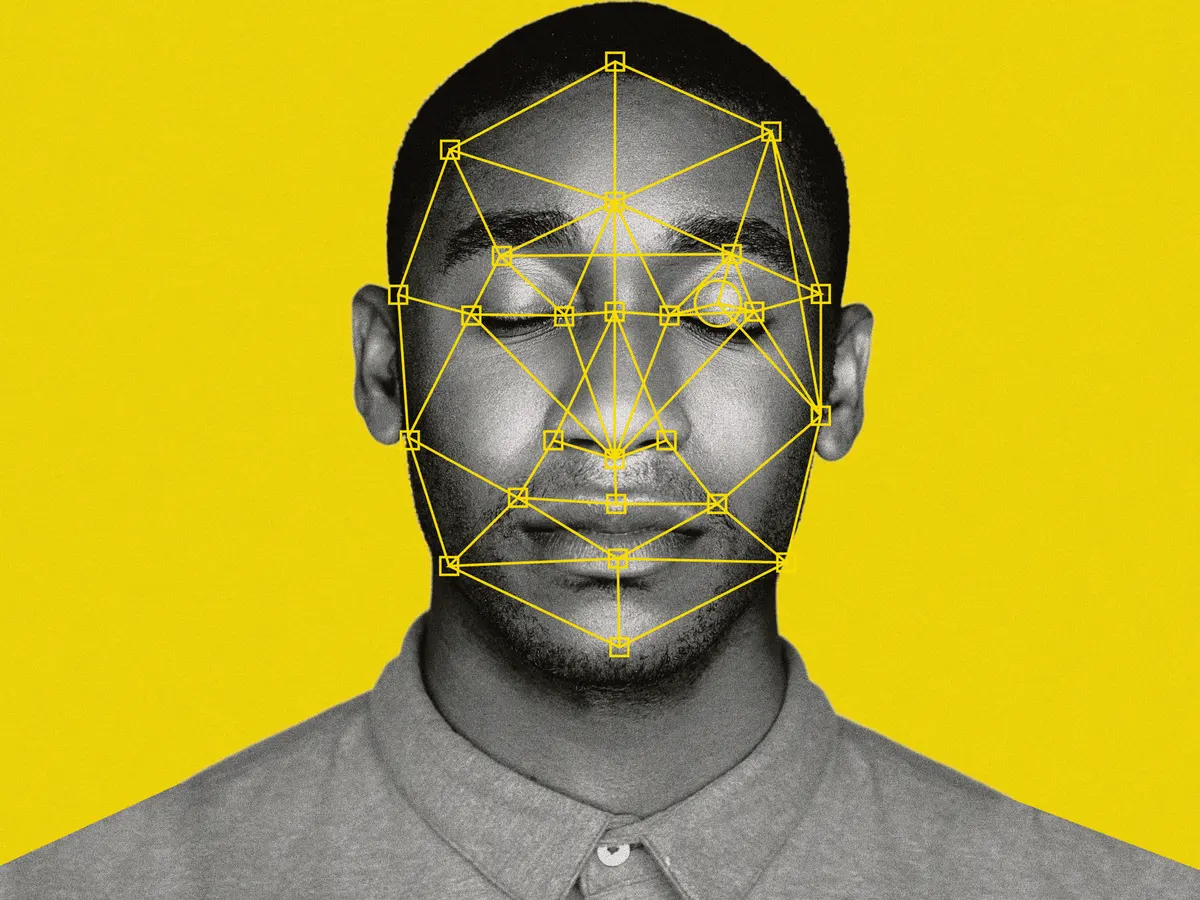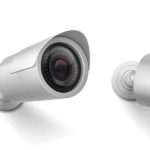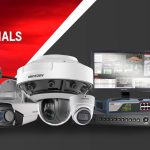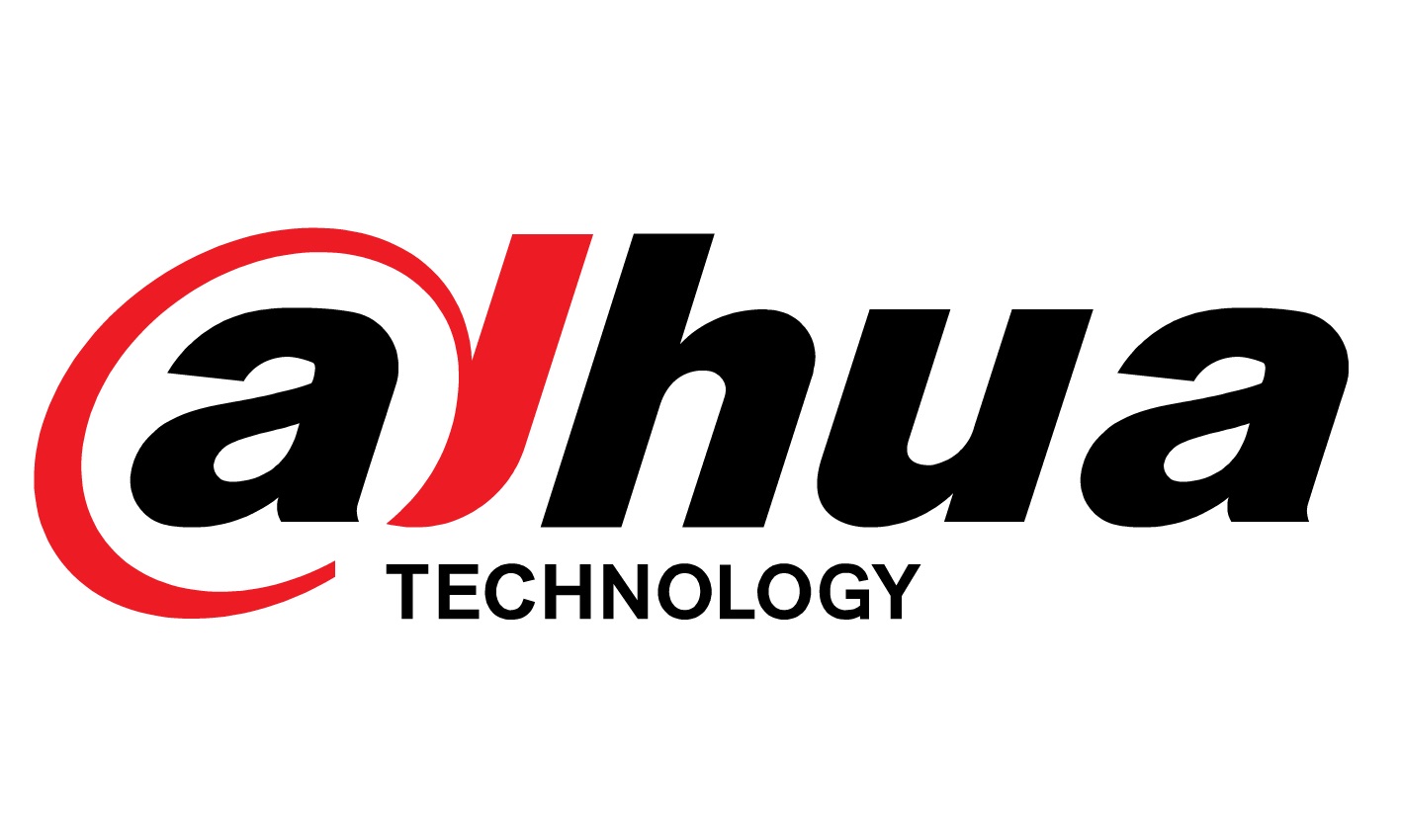 Facial recognition technology has evolved rapidly and is now a central component in a variety of applications. While there are many beneficial uses of this technology, there are also concerns about how it can be exploited.
Facial recognition technology has evolved rapidly and is now a central component in a variety of applications. While there are many beneficial uses of this technology, there are also concerns about how it can be exploited.
Beneficial Uses of Facial Recognition Software
1. Security and Law Enforcement
- Crime Prevention: Facial recognition can aid in identifying and apprehending suspects by comparing surveillance images with databases.
- Access Control: It improves security by allowing only authorized individuals to access secure locations.
2. Consumer Applications
- Device Security: Smartphones and laptops use facial recognition for unlocking devices, enhancing user privacy.
- Personalized Services: Retailers and marketers use it to offer personalized experiences and advertisements.
3. Healthcare
- Patient Identification: Ensures that medical staff can accurately identify patients, reducing medical errors.
- Treatment Personalization: Facial recognition can assist in diagnosing certain conditions by analyzing facial features.
4. Travel and Immigration
- Automated Border Control: Streamlines immigration processes by quickly verifying travelers’ identities.
- Airline Check-ins: Some airlines use facial recognition to speed up the boarding process.
5. Banking and Finance
- Secure Transactions: Facial recognition technology can be used to verify users for online banking, reducing fraud.
Potential Exploitations and Concerns
1. Privacy Intrusion
- Surveillance: Excessive monitoring by government agencies can lead to a loss of privacy and civil liberties.
- Data Breaches: Storing biometric data poses a risk if the database security is compromised.
2. Ethical Concerns
- Consent Issues: Use of this technology without individuals’ consent can be ethically problematic.
- Bias and Discrimination: Algorithms may have biases based on race, gender, or age, leading to discrimination.
3. Misuse
- Stalking or Harassment: Could be used to stalk or harass individuals by abusers or malicious entities.
- Impersonation: Creating deepfakes or manipulating biometric data could lead to identity theft or misinformation.
4. Commercial Exploitation
- Targeted Advertising: Retailers might use facial recognition to track shopping habits and push invasive targeted ads.
- Profiling: There could be the potential for companies to profile individuals based on facial recognition without their knowledge.
To address exploitation risks, there needs to be comprehensive legislation and ethical guidelines governing the use of facial recognition software. Transparency in its application, strict regulations on data storage and usage, and mechanisms to ensure accountability are essential for mitigating the potential negative impacts of facial recognition technology. As the technology continues to evolve, society must find a balance between innovation, convenience, and individual rights.


 Dome CCTV Cameras
Dome CCTV Cameras Bullet CCTV Cameras
Bullet CCTV Cameras Day & Night CCTV Cameras
Day & Night CCTV Cameras C-Mount CCTV Cameras
C-Mount CCTV Cameras

